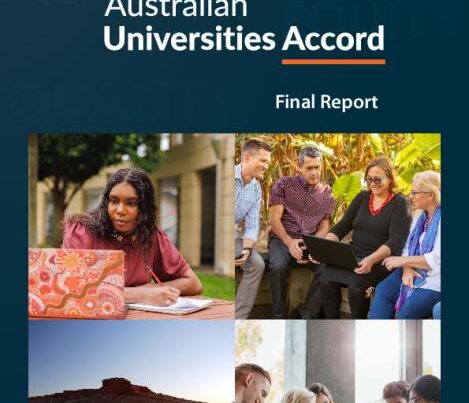New Standards for Student Success in Higher Education
In October 2022, the Office for Students has put in place new thresholds for student outcomes in higher education. The thresholds set minimum expectations for the proportion of students on higher education courses who continue on their course, graduate, and go on to further study or find a professional job. This is to bring an improvement to student success and the environment within higher education.
These new expectations will mean that HEIs may be investigated if they are performing poorly. There may also be sanctions if the results of the investigation are unsatisfactory. The new thresholds come as 46,850 students from the most disadvantaged backgrounds were accepted onto Uni courses in the UK this September.
”...too many students, often from disadvantaged backgrounds, are recruited onto courses with weak outcomes which do not improve their life chances.
Susan LapworthChief Executive, OfS.
Improving Student Success Outcomes
Importantly, the minimum expectations emphasize the responsibility on education providers to improve student outcomes. Institutions can boost key indicators such as; academic achievement, student retention and graduation rates, and post-graduate employability, by implementing the right supports and strategies. Some of the key areas where institutions can make changes to improve student outcomes include:
-
- Focus on Student Attendance – Student attendance is one of the earliest indicators of success in education. Undoubtedly, students who are not attending classes are less likely to perform well and more likely to drop out. Keeping an eye on student attendance provides a crucial early indicator of students who need support.
-
- Utilise Student Data and Learning Analytics – From demographics to engagement levels, student data can help inform effective student support plans and retention strategies. Predictive learning analytics can inform staff which students are at-risk. This helps identify who is more likely to need support during their time in Higher Ed.
-
- Prioritise Student Wellbeing – Worsening since the beginning of the pandemic, poor student wellbeing is often the number one cause of poor student outcomes. By investing in the right tools, HEIs will equip staff to provide the right support, to students who need it. Tracking wellbeing markers and implementing an automatic early alert system allows for that critical intervention.
CONTACT US
Interested in learning more about how SEAtS can help you implement more effective student outcomes? Contact Us Today!









